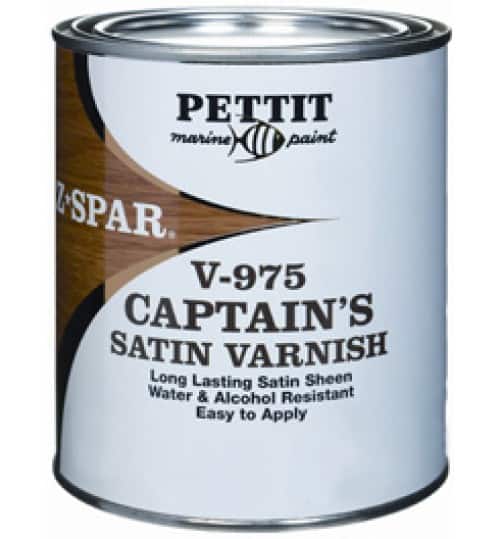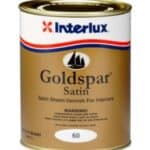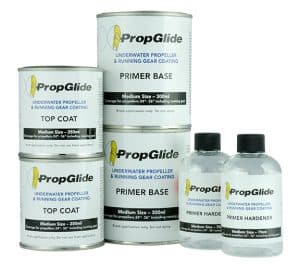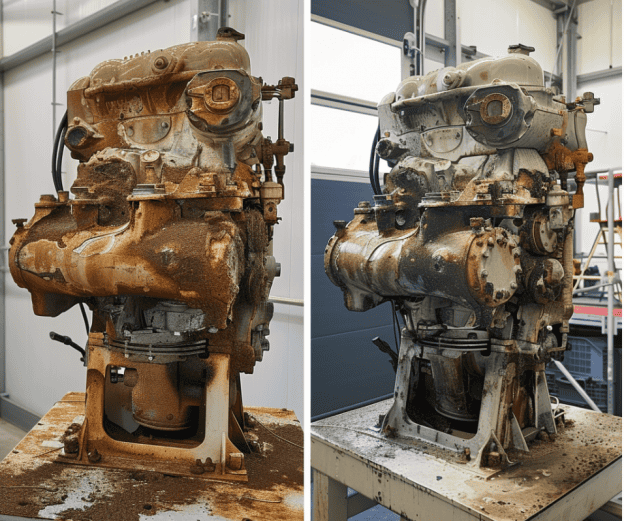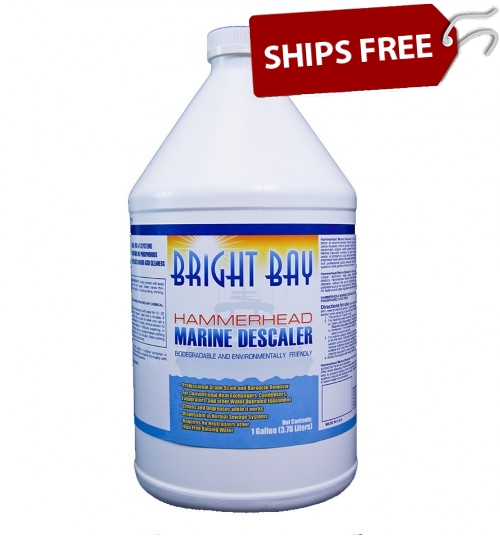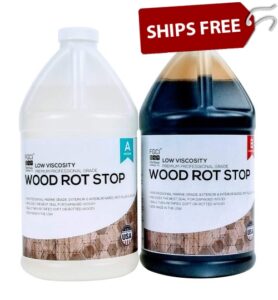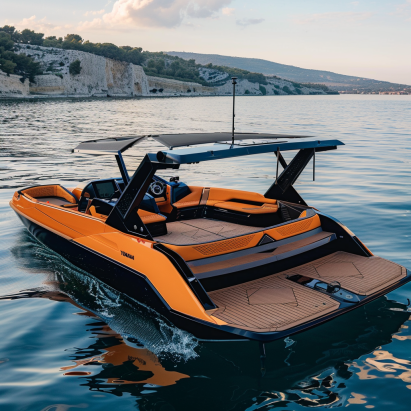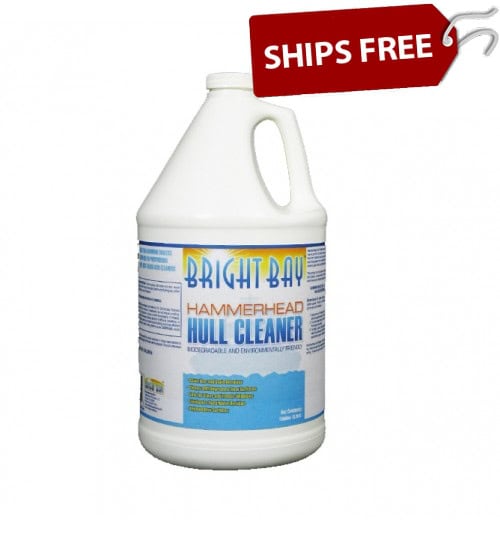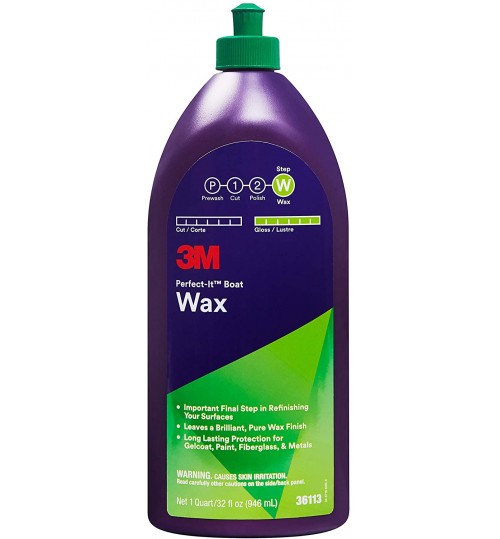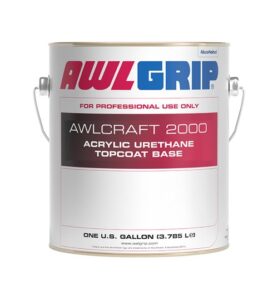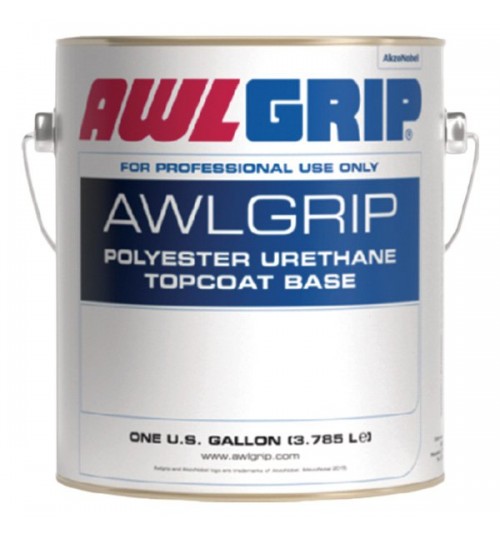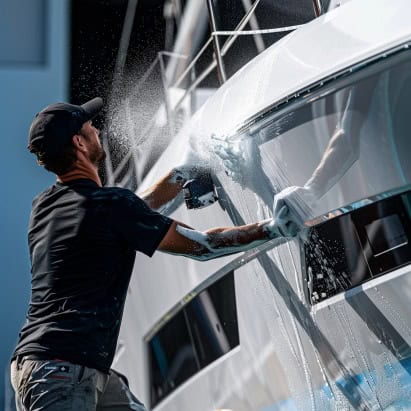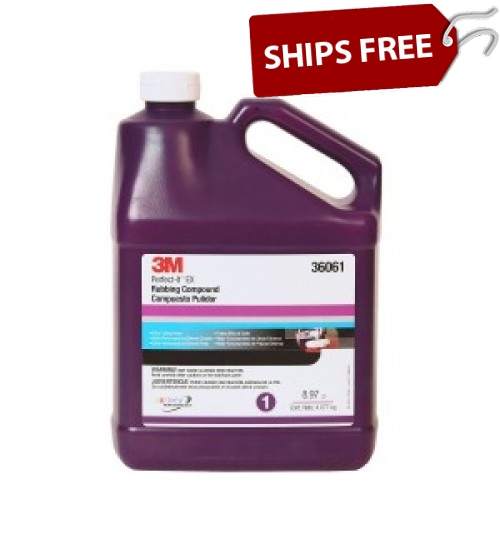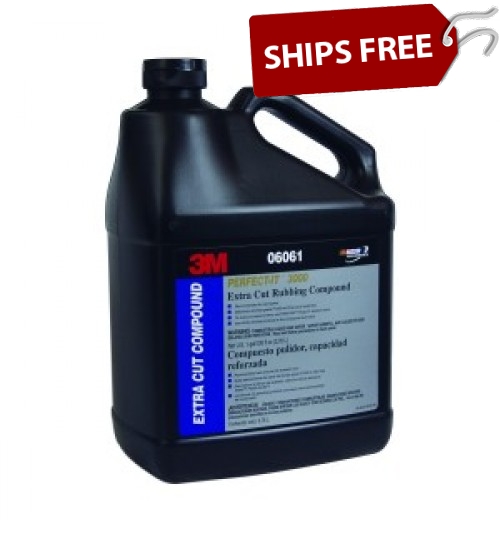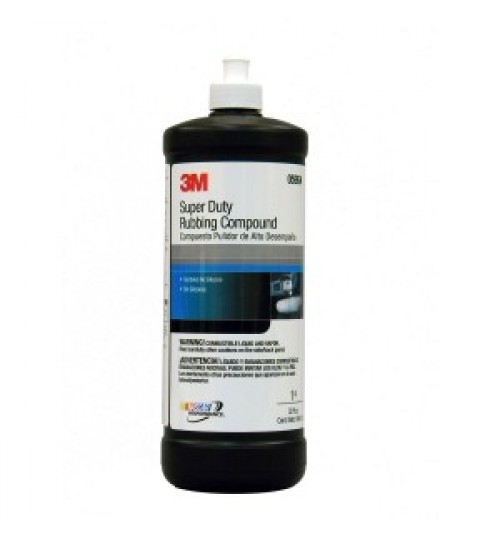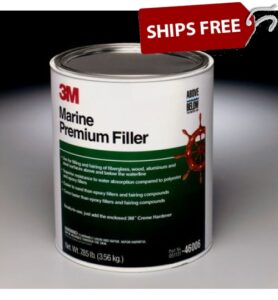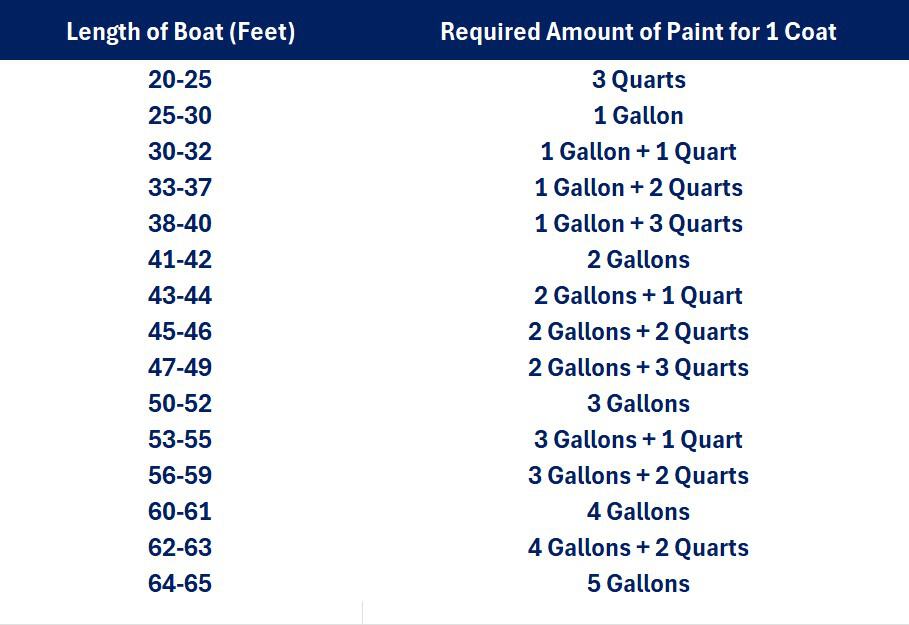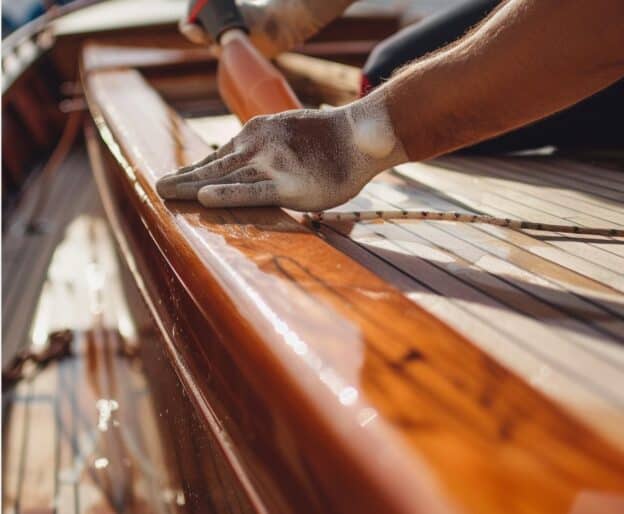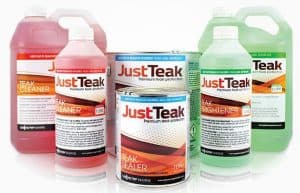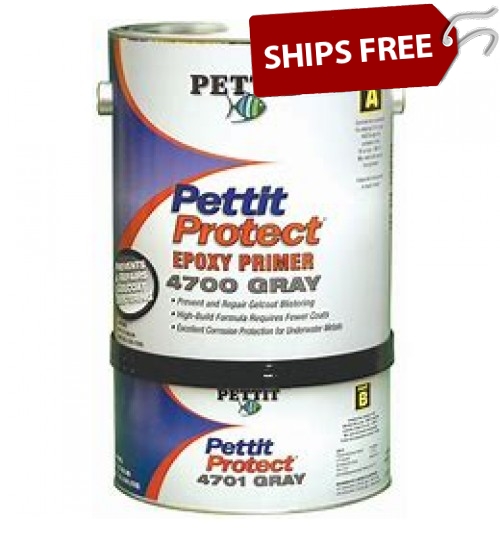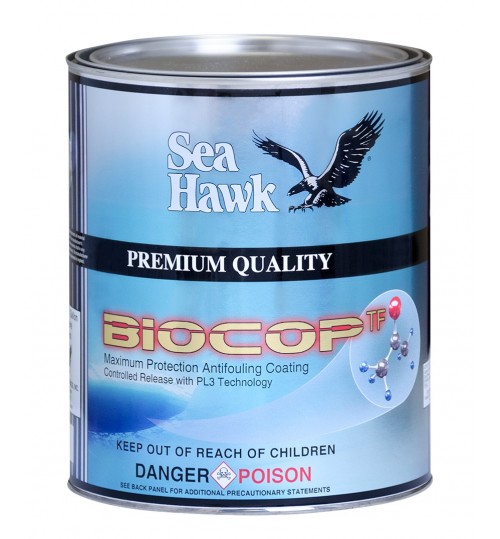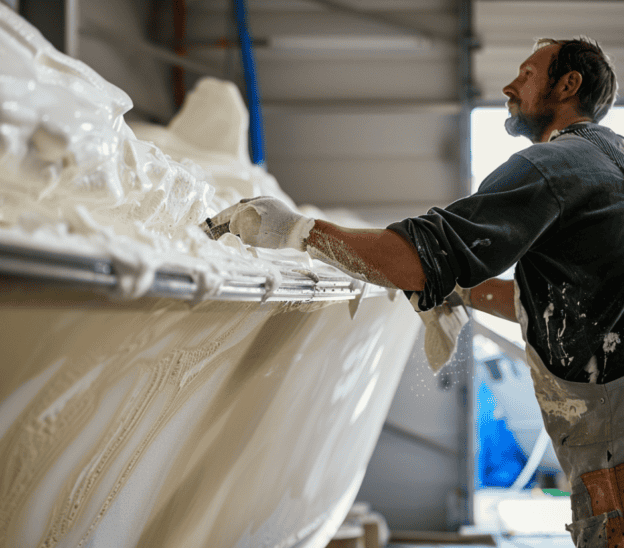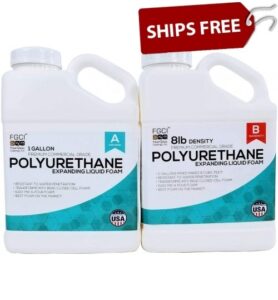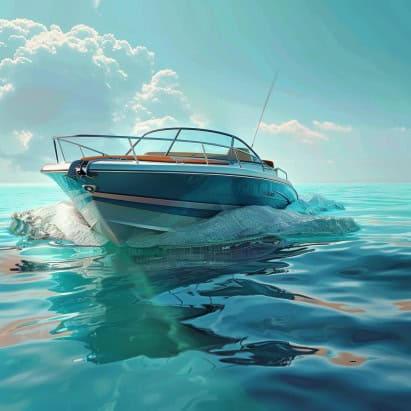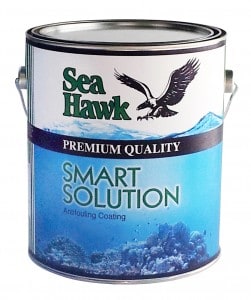Introduction to Marine Varnish
Marine varnish is a specially formulated protective coating designed to safeguard wood in marine environments. Whether you’re a boat owner or someone who enjoys wooden outdoor furniture, marine varnish plays a crucial role in preserving the beauty and integrity of your wood surfaces. This varnish is engineered to withstand the harsh conditions of marine environments, including intense sunlight, moisture, and saltwater exposure. The primary benefits of marine varnish include UV protection, which prevents the wood from graying or fading, water resistance to guard against rot and swelling, and enhanced durability, ensuring the wood remains strong and beautiful for years to come.
Marine varnish, folks, is like the unsung hero of wood preservation. It’s the tough, gritty stuff that stands between your boat’s beautiful woodwork and the relentless assault of Mother Nature. Whether you’re cruising the high seas or just kicking back on some well-crafted outdoor furniture, marine varnish is what keeps your wood looking good and standing strong. It’s built to take a beating—from blistering sun, soaking rain, and even the salty spray of the ocean. This stuff doesn’t just sit there; it fights back, keeping your wood from graying, cracking, or rotting. In short, it’s the bodyguard your wood needs to stay tough, beautiful, and ready for whatever the elements throw at it.
Types of Marine Varnish
When it comes to choosing the right marine varnish, it’s essential to understand the different types available, each offering distinct advantages depending on your specific needs.
Traditional Varnish:
Pros: Provides a warm, classic finish with excellent depth and clarity. It is easy to apply and can be repaired easily.
Cons: Requires multiple coats and regular maintenance. It may take longer to dry between coats.
Polyurethane Varnish:
Pros: Highly durable with strong resistance to scratches and chemicals. It provides a hard, glossy finish that requires less maintenance.
Cons: Can be more challenging to apply smoothly and is less flexible, which may lead to cracking over time.
Epoxy-Based Varnish:
Pros: Offers superior protection against water and UV rays. It bonds well to wood and provides a thick, durable layer.
Cons: More expensive and harder to apply, with limited flexibility, which may result in brittleness over time.
Each type of varnish has its strengths and weaknesses, making it important to match the product to your specific application and desired finish.
How to Choose the Right Marine Varnish
Selecting the right marine varnish involves considering several key factors:
Wood Type: Different woods react differently to varnishes. Hardwoods, such as teak and mahogany, may require different varnishes than softer woods like pine.
Exposure to Elements: Consider the environment where the wood will be used. For example, wood exposed to direct sunlight and saltwater will need a varnish with strong UV and water resistance.
Desired Finish: Some varnishes offer a high-gloss finish, while others provide a matte or satin appearance. Your aesthetic preferences will guide this choice.
| Factor |
Traditional Varnish |
Polyurethane Varnish |
Epoxy-Based Varnish |
| Best For |
Classic finishes |
Durability |
Superior protection |
| Ease of Application |
Easy |
Moderate |
Challenging |
| UV Protection |
Moderate |
Good |
Excellent |
| Water Resistance |
Good |
Excellent |
Superior |
Step-by-Step Application Process
Applying marine varnish properly is key to achieving a smooth, durable finish. Follow these steps for the best results:
Surface Preparation:
Sand the wood surface to remove any old varnish, dirt, or debris. Start with coarse sandpaper and gradually move to finer grits.
Wipe the surface clean with a tack cloth to remove dust.
Applying the Varnish:
Stir the varnish gently to avoid bubbles. Use a high-quality, natural bristle brush for application.
Apply the first coat thinly, brushing in the direction of the wood grain. Allow it to dry according to the manufacturer’s instructions.
Lightly sand the surface between coats to ensure adhesion and smoothness.
Number of Coats:
Typically, 5-7 coats are recommended for optimal protection. The first few coats should be thinned for better penetration, followed by full-strength applications.
Drying Times:
Allow sufficient drying time between coats, usually 24 hours, to prevent issues like tackiness or uneven finish.
Tips:
Work in a dust-free environment to prevent particles from settling on the wet varnish.
Avoid over-brushing, which can lead to bubbles or brush marks.
Maintenance and Reapplication Tips
Maintaining marine varnish is essential for preserving its protective qualities. Here’s how to keep your varnished wood in top condition:
Regular Inspection:
Periodically check for signs of wear, such as dullness, cracking, or peeling. Early detection allows for easier repairs.
Cleaning:
Clean the varnished surface with mild soap and water. Avoid harsh chemicals that can damage the varnish.
Reapplication:
When the varnish begins to show signs of wear, lightly sand the surface and apply a fresh coat. This can extend the life of the varnish and keep the wood protected.
Seasonal Maintenance: In harsh environments, consider a touch-up or reapplication before the start of each season.
Common Problems and Troubleshooting
Even with the best preparation, issues can arise. Here’s how to handle common problems:
Peeling: Often caused by poor surface preparation or applying varnish in humid conditions. Sand down the affected area and reapply.
Cracking: Usually due to applying too thick a coat or using a varnish with low flexibility. Sand lightly and apply a more suitable varnish.
Bubbles: Caused by over-brushing or stirring the varnish too vigorously. Lightly sand the bubbles and recoat, taking care to avoid the same mistakes.
FAQs About Marine Varnish
Can marine varnish be used on outdoor furniture?
Yes, marine varnish can be used on outdoor furniture to protect against moisture and UV rays.
How long does marine varnish last?
With proper application and maintenance, marine varnish can last anywhere from 1 to 3 years before reapplication is needed, depending on exposure conditions.
Is marine varnish suitable for all types of wood?
Marine varnish is ideal for most hardwoods and softwoods, but it’s important to choose the right type of varnish for your specific wood.
Can I apply marine varnish over old varnish?
It’s best to sand down the old varnish to ensure a smooth, even surface before applying new coats.
Picking the right marine varnish and putting it on the right way isn’t just important—it’s downright necessary if you want your wood to survive out there in the wild. You’ve got to match the varnish to the job, slap it on with care, and keep an eye on it over time. Do that, and your wood will stay tough, good-looking, and ready for anything. Whether you’re sprucing up a boat or some backyard furniture, marine varnish is your wood’s best defense against the elements, keeping it in tip-top shape for years to come.

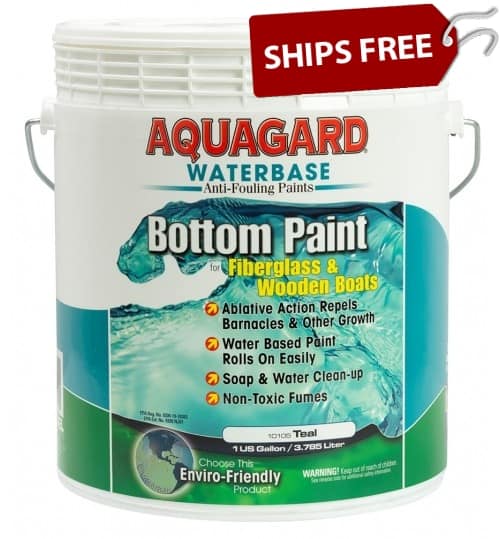
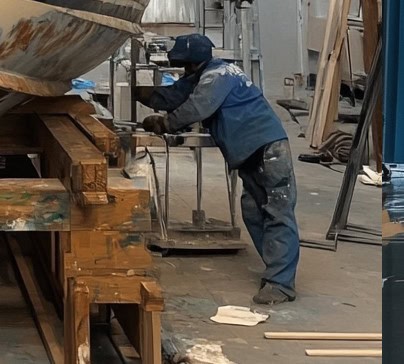
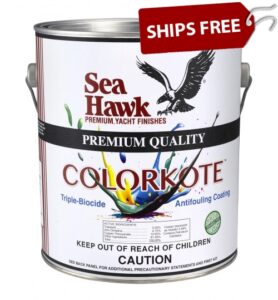
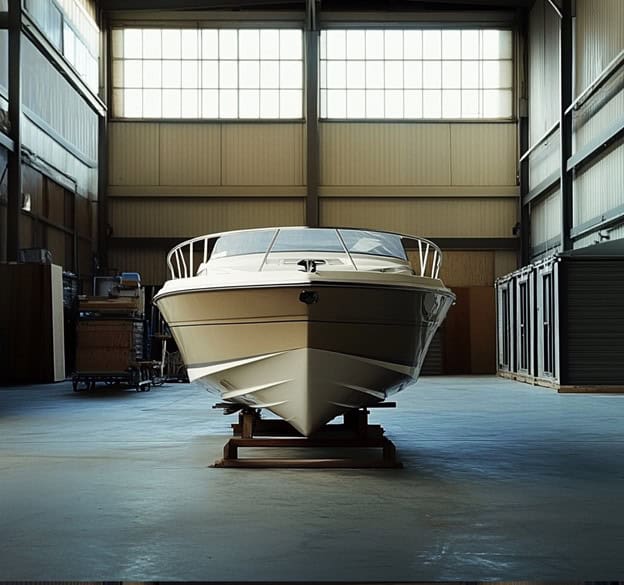
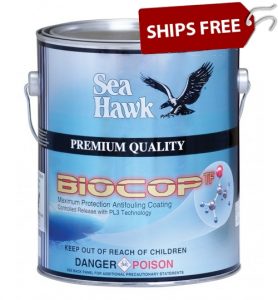

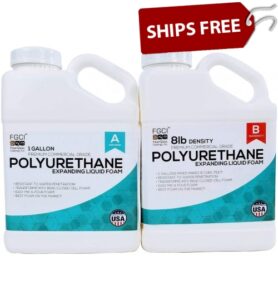
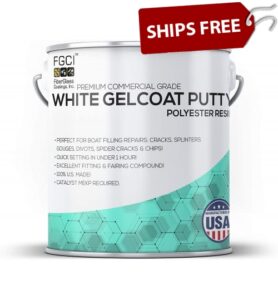
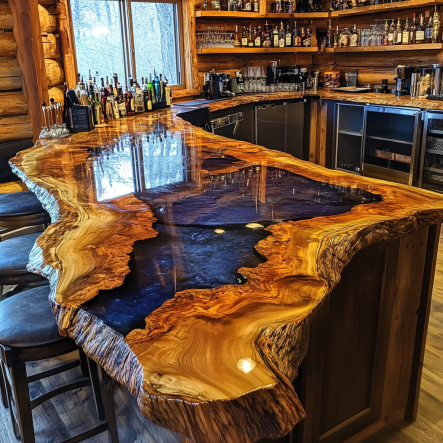
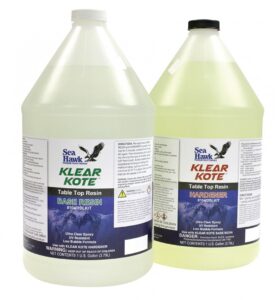

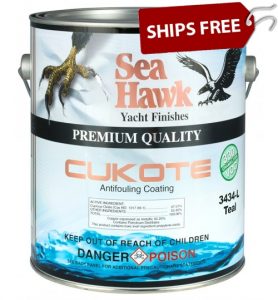
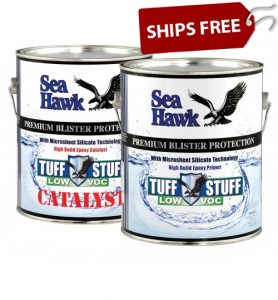

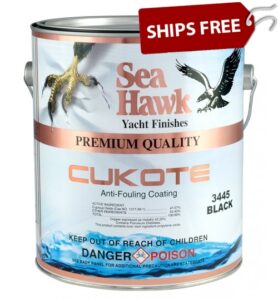
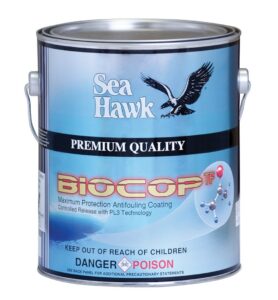
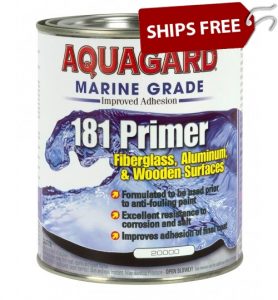
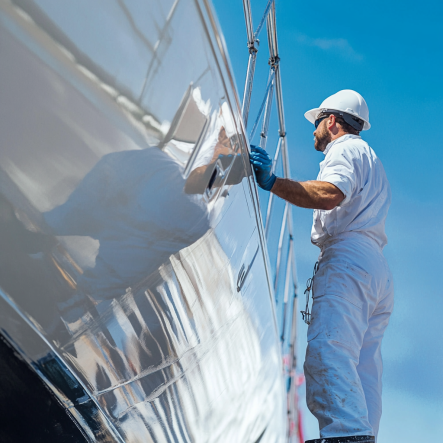
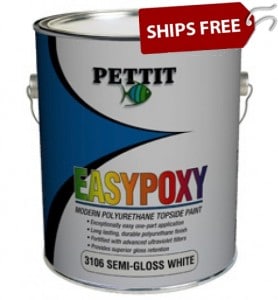
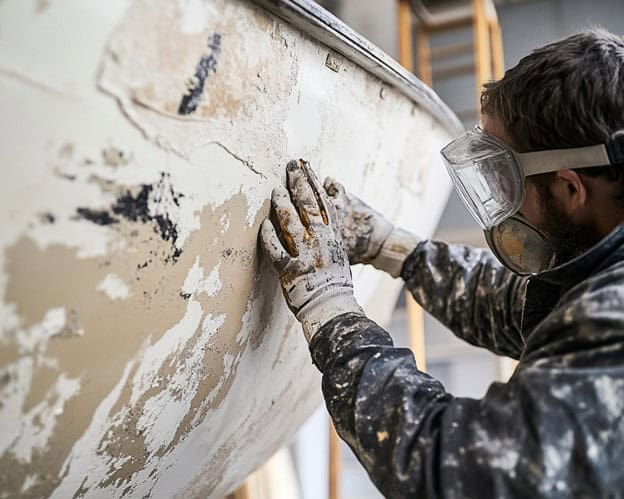
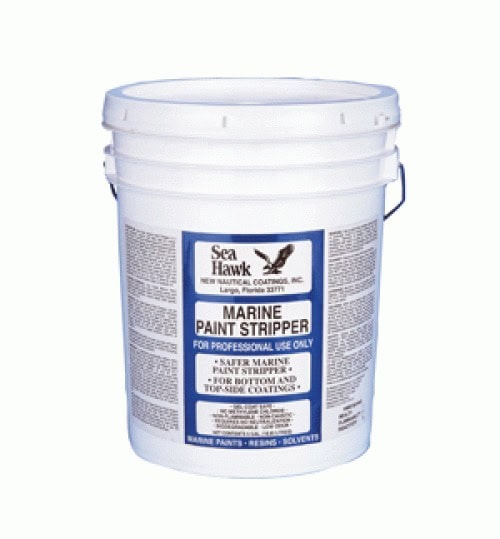

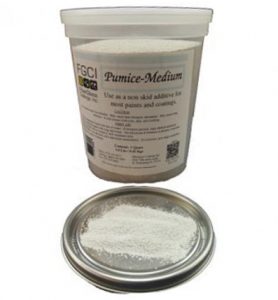
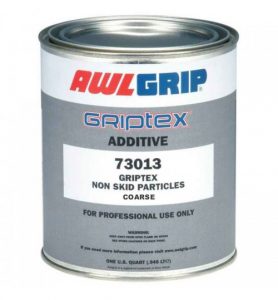

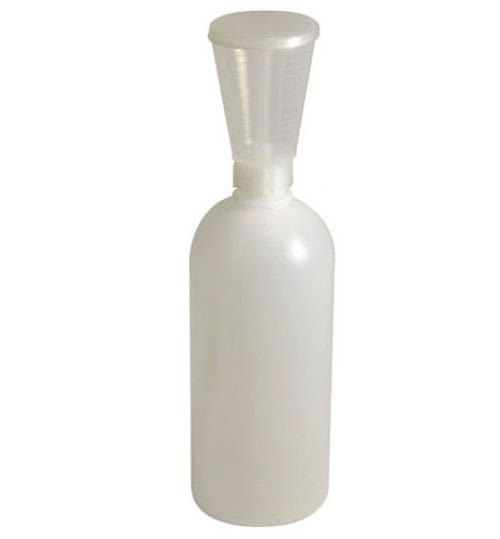
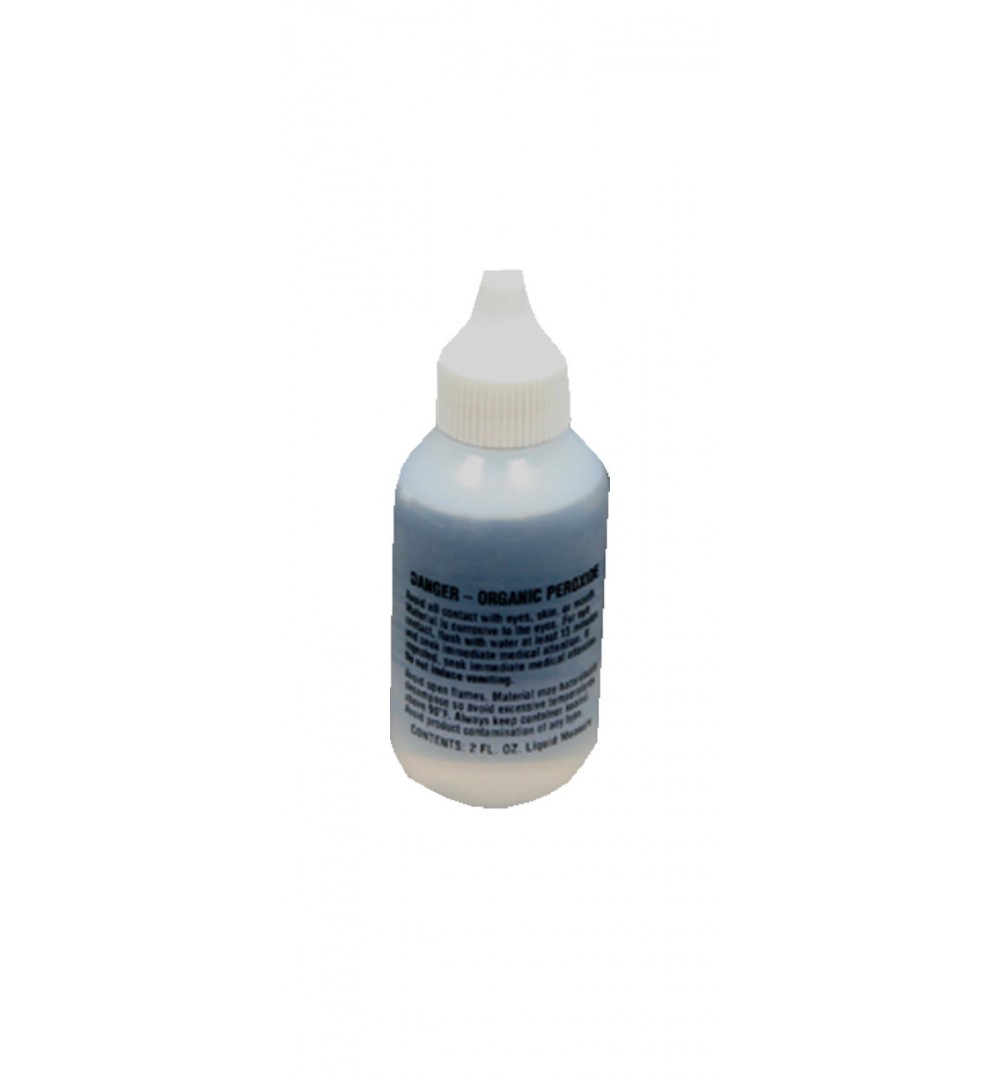

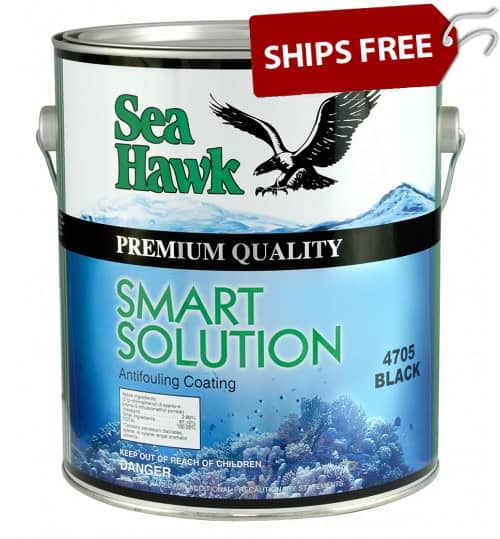 frequent and costly maintenance, as the hull will need to be cleaned regularly to remove the buildup. Over time, the lack of protection can also lead to corrosion, particularly in metal hulls or parts, compromising the boat’s performance and lifespan.
frequent and costly maintenance, as the hull will need to be cleaned regularly to remove the buildup. Over time, the lack of protection can also lead to corrosion, particularly in metal hulls or parts, compromising the boat’s performance and lifespan.